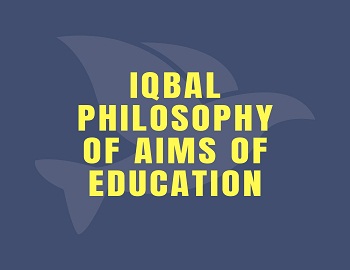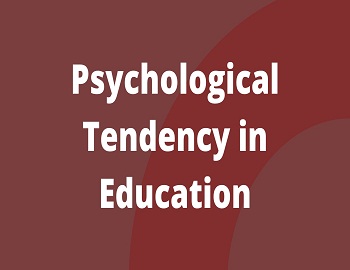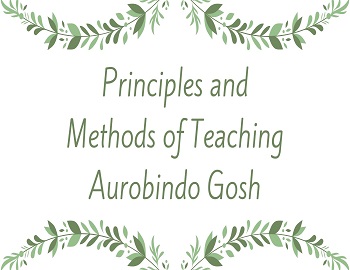Education during Buddhist Period:
Education of the Brahman period came to be allied with national and social life. Ritualism had increased and the people were profoundly troubled. A sense of aimlessness prevailed in society. In such circumstances, Buddhism emerged as a reaction to Vedic ritualism. Buddhists began to establish educational monasteries in competition with the Vedic system of education. The history of education in the Buddhistic period is interrelated with the history of monasteries and Viharas’ because there were no independent educational institutions or centers, other than those religious centers. Only monks and sramanas were authorized to impart education to the people. Thus, the monasteries and ‘Viharas’ took the place of sacrificial altars and as a result, these places became the centers of cultural life.
Buddhist education came into existence in the 5th century B.C. Brahmans deprived the common people of their right to education, and hence the emergence of Buddhism granted the people the freedom to obtain education and to practice their religion themselves. Lord Buddha imparted to life a perfectly practicable form. Consequently, a practicable religion and a practical educational system became available to the common people.
It is undoubtedly true that though Buddhist education had an individual character, it was, in essence, based on the educational system of the Vedic period. The Buddhists imparted education in Sanghas or collective groups. R. K. Mukerjee said Buddhist education and learning centered around monasteries. The Buddhist world did not offer any educational opportunities apart from or independently of its monasteries. All education, sacred as well as secular, was in the hands of the monks. In the words of F. E. Kacy- for over fifteen hundred years Buddhist education was in vogue and developed a system of education that was a rival of the Brahamanic system though in many ways similar to it.
Gautam Buddha revolted against the contemporary tendencies of the Hindu religion and presented rational religion, practical ethics, and simple principles of life. Infact, Buddhism is the output of Hinduism. There is harmony between the two religions in their similar principles. Buddha himself respected the Hindu religion. Buddhism originated about 600 B.C. Buddha has adopted a middle path, which opens the eyes and which guides towards peace and insight, supreme wisdom, and nirvana. It is the noble eightfold path-
- Right vision.
- Right resolve.
- Right speech.
- Right conduct.
- Right livelihood.
- Right mindfulness.
- Right concentration.
The eightfold path has three major parts, namely-
- Sheel.
- Samadhi.
- Prajna.
It must be remembered that Lord Buddha himself got supreme knowledge by following the above principles. Needless to say here that Brahmanism, too, has advocated the above eight rules of attaining salvation (Moksha).
The doctrine of dependent origination or Pratityasamutpad has 12 nidhanas. The twelve links in the wheel of cessation have been divided into three classes of the past, the future, and the present.
The doctrine of karma in Buddhist philosophy is based on the doctrine of dependent origination. The future of the individual depends on his present action. According to the doctrine of karma, the fruits of the actions are according to the character of the actor. Karma ceases to have any effect on the ultimate spiritual status. In that stage, the Karmas and their effects are destroyed forever and the man rises above both merits and demerits. Buddha does not believe in any permanent soul. There is no unchanging immutable soul behind the eternal process of consciousness. After the attainment of Nirvana, one is liberated both from consciousness as well as from actions.
Unlike Gurukulas during Brahmaical education, in the Buddhistic period, there were Viharas or Monasteries. The Buddhistic system is practically that of the Buddhist order of Sangha. Buddhist education and learning centered around monasteries as Vedic culture centered around sacrifice. The Buddhist world did not offer any education opportunities apart from or independently of its monasteries. All education, sacred or secular was in the hands of monks.









Comments (No)